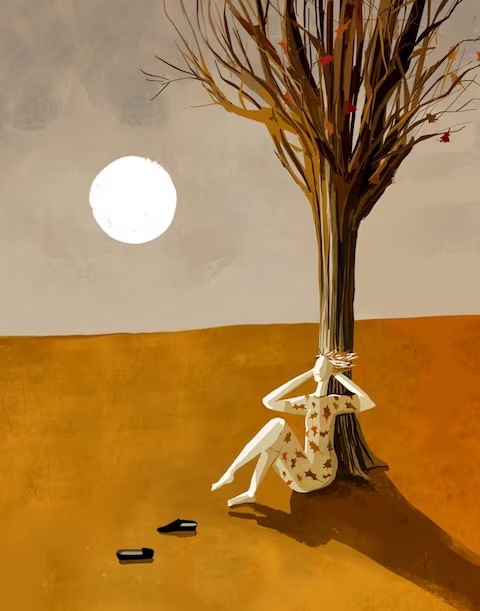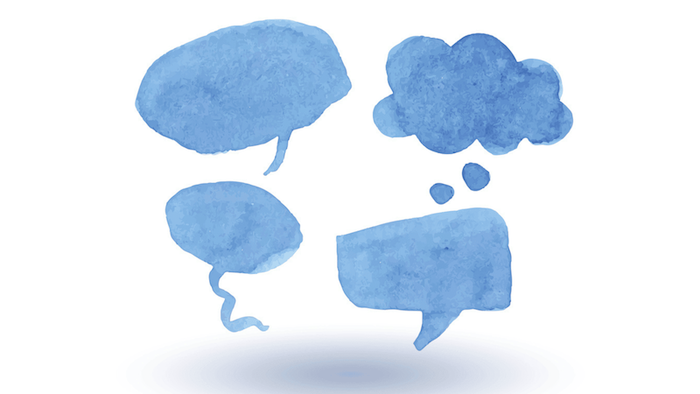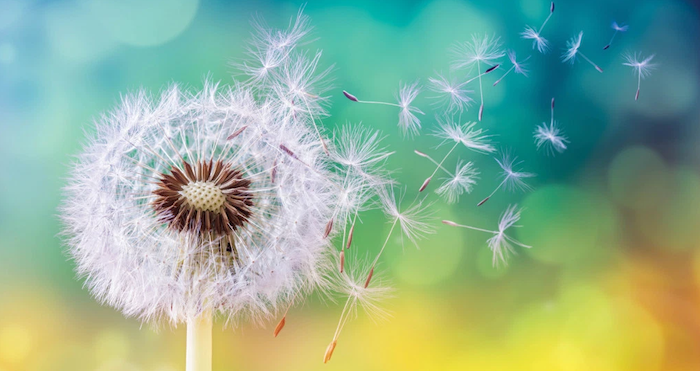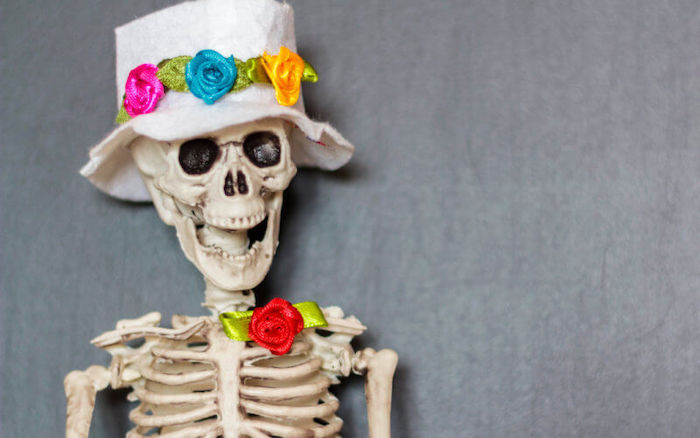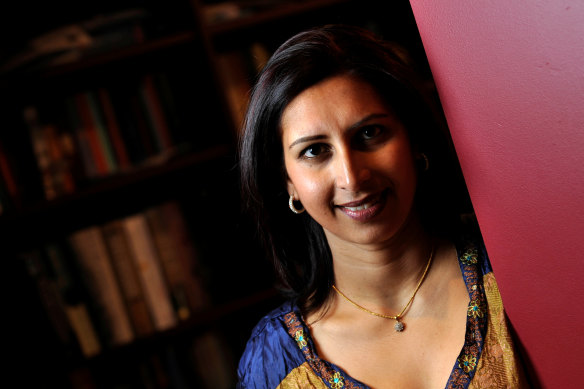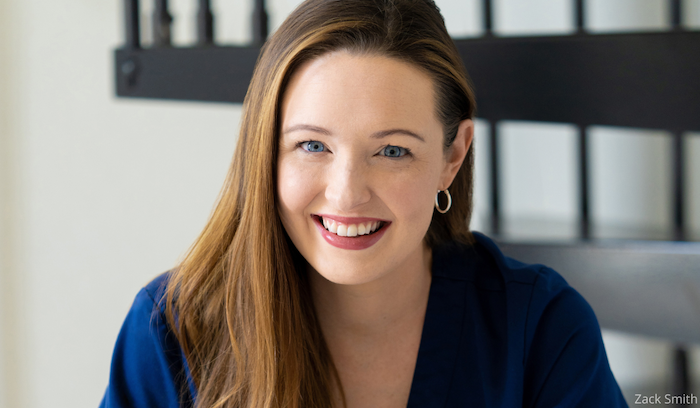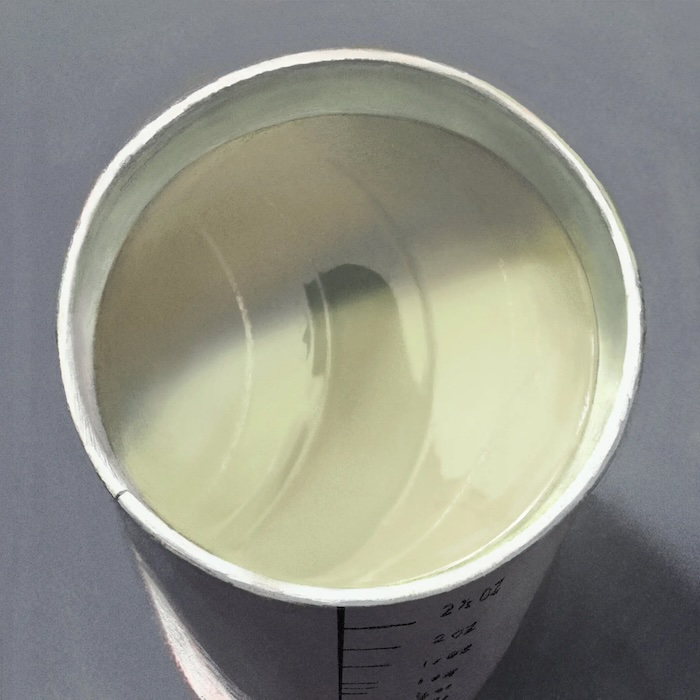
By Steven Petrow
On the day before my sister Julie died, I lay down on her bed and held her gingerly in my arms, afraid that any pressure would hurt her. She had lost so much weight that she looked like a stick figure I might have drawn when we were kids. As her body had wasted, her tumors had grown — now several of them bigger than baseballs. Her abdomen looked like the lunar landscape, with protrusions everywhere, the sources of her pain plainly visible.
Two and a half months earlier, her oncologist explained that these tumors might soon block the liver’s ability to drain properly, resulting in liver failure, usually a fast and painless death. “It will be as though you’re going to sleep,” I remember him telling us on a Zoom call.
That had not happened. Those tumors continued to grow. No matter the doses of fentanyl and morphine, Julie cried out in pain, the only time during her long illness that she suffered like that.
On the bed, Julie and I said little as I smelled her hair, rubbed her back and told her how much I’d miss her. Born five years apart (I am the elder), we were a pair of matching bookends — from our teenage years, when we’d go to our respective queer bars, to later in life, when each of us faced a cancer diagnosis. I asked if we had anything unresolved between us, as my therapist had suggested. “Nope,” my sister replied. “I don’t want to leave you all, but it’s time.”
A few hours later, she joined the rest of the family for our last supper together. I don’t remember much of the evening; either I failed to capture that memory or I’ve erased it, too painful to keep. I do recall Julie had one bite of a friend’s homemade Key lime pie. Apparently, a sweet tooth never dies, even if you are about to. Before bed, Julie hugged and kissed each of us: her wife and two daughters; my brother, Jay, and his wife; and me. Tucked in under the covers, I pulled out my iPhone to continue a ritual I’d recently begun with my siblings. From the guest couch, I texted:
Steven: Good night, sibs
Jay: Good night 😘
Julie: Good night to the best big brothers in the whole world 💚💙❤️
Jay: Love you to the moon and back!!
Steven: And to the bestest sister ever
***
Two months earlier, I joined a conversation my sister and her wife were having with a social worker, a new member of their hospice care team. They kept discussing “the MAID,” which I soon came to understand is the acronym for the New Jersey law referred to as Medical Aid in Dying. It allows New Jersey residents with terminal illnesses to choose to end their lives by taking a cocktail of life-ending medications.
This important piece of legislation was enacted in 2019, and as of last year, 186 people had chosen to die this way. (That’s a very small percentage of annual New Jersey deaths.) Julie, a lawyer, had done her research and had told me that the Garden State is one of only 11 jurisdictions (10 states and the District of Columbia) that allow medical aid in dying, also known as death with dignity and end-of-life options.
If you live in one of the other 40 states, you must wait for the Grim Reaper to pay a visit, no matter how much pain and suffering that entails. Nor can you pack up and move to New Jersey (or most other states where MAID is legal), because you must be a resident to qualify, which, at best, can take time. Time is usually not readily on hand for those who are terminally ill.
In late 2017, Julie learned she had advanced ovarian cancer. Since then, she’d endured one nine-hour surgery, six rounds of chemo, three recurrences and two clinical trials. “Enough,” my sister told her oncologist a few days before her 61st birthday, in April of this year. “I’ve decided to end treatment,” she added, to make sure he understood, and then sang, off-key, the famous Carol Burnett song, “I’m So Glad We Had This Time Together.” She asked, “How much time do I have left?” His reply: “Two or three months, at the most.”
My sister understood from Day 1 that she’d most likely die from this cancer, which, when advanced, has a mortality rate of 80 to 85 percent, according to Dr. Jason Konner, a gynecologic oncologist in New Jersey. One by one, women she had befriended in an online support group died, their last weeks and days often made awful by what Julie called “Hail Mary” treatments — drugs, many with harsh side effects, often used out of desperation or denial.
“I do not want to die like that,” my sister told me repeatedly. “This is about me taking control of my life.” She added, “I want you to write about this after I’m gone, because not enough people know about this option, even when it’s available.”
She was right. Few of our friends knew of this option, even those living in New Jersey. Kim Callinan, the chief executive of Compassion and Choices, a nonprofit that led the effort to pass New Jersey’s MAID legislation, told me these “laws are meaningless if patients are not aware they exist, which is why we focus on public education during the first five to 10 years after a jurisdiction has authorized medical aid in dying.”
The doctor’s sobering “two to three months” estimate easily qualified Julie for MAID. But that was about all that was straightforward. To hear opponents of the right to die talk, you’d think it was easy to obtain the life-ending medications. New Jersey and most other states where MAID is legal require a patient to be a mentally capable adult resident diagnosed as being terminally ill by two doctors. Julie had to request the drugs twice verbally, with a minimum of 15 days in between each request. At the time of the second ask, she had to be given the opportunity to rescind her directive. The law also required her to sign a written request in the presence of two witnesses, one of whom could have no financial interest in her death.
Julie persisted.
In recent months, lawmakers in at least nine other states have introduced MAID legislation, but opponents remain adamant. As recently as last year, Pope Francis condemned assisted suicide, saying, “We must accompany death, not provoke death or help any kind of suicide.” Other objections come from advocacy groups like the National Council on Disability, an independent federal agency that advises on government policies affecting people with disabilities; the council fears the potential exploitation of vulnerable people, especially if they feel they are a burden to family members. Julie was well aware of these concerns, but she believed MAID’s built-in safeguards prevented such exploitation.
***
With the MAID request approved, Maddy, Julie’s spouse of 35 years, picked up the prescription from a local pharmacy. The price: $900, which is not covered by Medicare, the Department of Veterans Affairs or many private insurance plans. A study published in The Journal of the American Geriatrics Society last year found that 96 percent of people who died by medical aid in dying were white and 72 percent had at least some college education. “The reality is that communities of color, for a wide variety of reasons, also are more likely to utilize aggressive care and less likely to use other end-of-life care options, such as hospice and palliative care,” explained Ms. Callinan. People without the resources to pursue MAID may be forced to make a different choice: suffer through a painful death or take matters into their own hands. “Be sure to include these statistics when you write about this,” my sister directed me.
With her pain unabated, my sister’s next task was to choose the day she would die. Our entire family supported Julie’s decision; still, we did not want to say goodbye. We made silly excuses for why certain days were inconvenient. “I have an invitation to my friends’ 35th anniversary in Provincetown the third week of June,” I blurted out. One of Julie’s daughters said, “I’ve committed to a writing workshop starting July 4.” Julie’s best friend, Jenny, had plans to travel, too. “Please don’t let Julie schedule it before the 25th!” Jenny texted me.
Julie chose Friday, June 30. She gave us four days’ notice, which allowed for time to complete her obituary, finalize the guest list for her memorial and create the program. The day before, my brother handed me a draft of the program for one last copy edit. I’d expected her date of death to be left blank; after all, we could fill it in later. Or maybe I still hoped for a miracle that would make all this preparation unnecessary. But right there, on the program’s cover, I saw dates for the first and last days of her life, her death foretold.
Julie never wavered in her decision, which proved a godsend for the rest of us. That final morning, my sister got up early to write letters to her three girls: her wife and their two daughters. Then she called the insurance company to argue with them about a payment, trying to take one thing off Maddy’s list of to-dos. I heard her say, “I’m doing MAID at noon. I need you to get back to me before then.” That is — was — my sister.
With the sun creeping toward its zenith, Julie took one last walk in her garden, blossoming with hydrangeas, zinnias and some faded irises. Then we twice watched the video Jay had put together for her service — a lifetime of memories condensed into 14 minutes. We took one last family photo, the bookend to hundreds of others, most of them with our Julie in the center. I was confounded by how to pose — a big smile, a little smile, a frown? In looking at the photo now, I think my face looked blank, which was pretty much how I felt.
Before heading upstairs with her wife and daughters, Julie cried for a moment and said softly, “I don’t want to leave you.” A few minutes later, my sister made herself comfortable on the Ultrasuede sofa in her office. Maddy prepared the medications, and after they all recited the Serenity Prayer, my sister gulped it in one shot. Within minutes, she was unconscious, in a liminal state between life and death. Maddy gently laid her wife down on the sofa and then asked Jay and me to come upstairs. I stroked her face; I whispered to her how courageous she was to have made this decision. (After all, it’s commonly said that we lose our sense of hearing last.)
I also vowed to keep my promise to tell this story, a brother’s last act of devotion to a sister he loved beyond all measure.
Complete Article ↪HERE↩!


